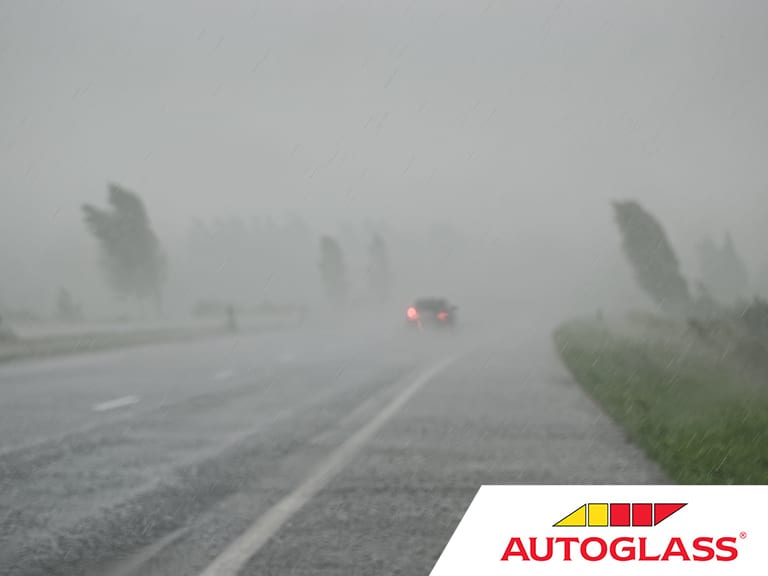
How to Drive Safe in High Winds
During these transitional weeks between winter and spring, there are a whole new set of road safety concerns for you to keep at the fore of your mind. We should all strive to drive safe all year round, but there is more to road safety this time of year than negotiating occasional snow, ice and heavy rain – high winds can be just as serious a concern. As part of our series on road safety, we’ve put together our own guide on how to drive in high winds.
Tips to Drive Safe in Windy Conditions
High Wind – like any other extreme weather condition – can pose a serious risk to you, your passengers and fellow road-users. Always keep in mind, severe winds require the fullness of your attention. When driving in strong winds, try to limit distractions with the car (maybe turn down the radio a few notches) and keep your wits about you.
Assess Danger Areas
High winds are liable to appear anywhere but it’s worth bearing in mind that their effects might be intensified in wide open spaces like motorways, tunnels or while driving on overpasses. You should try to pay special attention when driving through areas that appear like they may be prone to extreme winds. If you increase your awareness in these areas, you can anticipate sharp gusts of winds and be ready to react accordingly.
Keep an Eye Out for Large Vehicles
Try to be cognizant of larger vehicles on the roads. Particularly tall vehicles like tractors, trucks and mobile homes can be extra vulnerable to high winds. If the driver is surprised by a particularly violent gust of wind, they may have trouble keeping their vehicle in the correct lane. Always strive to give large vehicles plenty of extra room when you are driving in strong winds.
Keep your Hands Firmly on The Wheel
This tip might ring as a little self explanatory, but the importance of keeping your hands firmly locked on the wheel cannot be overstated. If you have a strong hold on your vehicle’s wheel you are much better equipped to deal with strong winds over the course of your journey. This is all the more true if you happen to be driving a large vehicle yourself.
How to Drive Safe on Icy Roads >>
Manage your Speed
Keeping your speed down is one of the simplest means of staying safe in blustery conditions. Not only will you be better equipped to deal with unexpected issues on the road (studies have shown that, during strong gusts, it can take vehicles up to 170 metres to come to a complete stop when moving at 120km/h) but your vehicle will also be less likely to be thrown off course by a sharp gust.
Keep an Eye Out for Debris on the Roads
If you encounter small twigs and leaves on the road, that may be a sign you are approaching a more serious obstruction like a felled tree or large branch. In the same vein, partially fallen trees may be hanging above the reach of your headlights; making them hard to spot. Don’t get caught out, manage your speed and keep your wits about you. Even in the days following high winds, trees may be damaged and significantly weakened. So, even if you’re through the worst of the weather, remain diligent.
Leave Lots of Extra Room
We’ve already covered the dangers associated with larger vehicles in high winds. But, some of the smaller vehicles on the road are just as vulnerable when driving in strong winds. Take care to give over extra room to cyclists and motorcyclists. These road users are most exposed to the conditions and more liable to be blown into your path. Try not to overtake bicycles and motorbikes in blustery conditions and, most importantly, always give them some extra room.
Driving in Snow – Safety Tips from Autoglass® >>
In Conclusion
Awareness of your surroundings, other road users and your speed are the keys to keeping safe when driving in high winds. Take your time and arrive alive.
Check back soon for more hints, tips, guides and explainers on the Autoglass® blog.
Book an appointment now
For a quick and easy way to make an appointment book online now.
